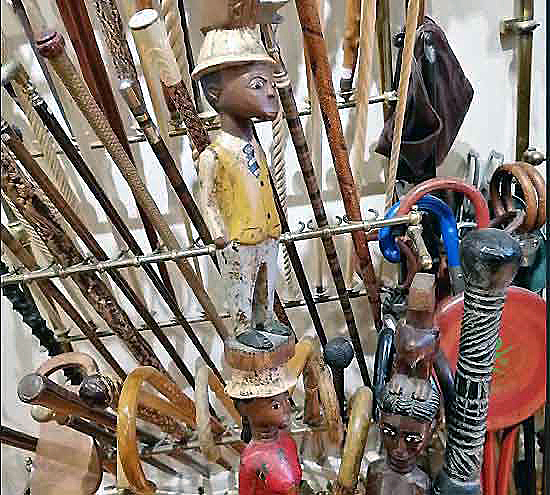THE BBC WROTE OF LA GOUTTE D'OR IN 2018
(OF SHOPS THAT HAD APPEARED SINCE 2016)
A crossroad where creativity is still more recent.
Adapted from a Google map
From the Barbès or Chateau Rouge métro stations.
At its heart is a center for urban and world music (since 2021). We will come to it.
Shops that reflect the owners
and whose wares are unique
* * *
Next,




































.jpg)


.jpg)








.JPG)



